Grinding coffee bean-by-bean is up there with cryogenic grinding, double grinding and re-processing as a kind of impractical perfection — all of which are generally dismissed as inappropriate for the commercial environment. Wet grinding isn’t a thing — it was just a dream of the early third wavers — but let’s throw that in there too. Cryogenic grinding is a thing, but in this post we’re gonna explain how it was that we found a real world practical use for bean-by-bean grinding.
To date, the best investigation into bean-by-bean grinding was carried out by astrophysicist-cum-barista Prof Jonathan Gagne. A few years back, some of his subscribers were concerned about how the widespread uptake of single-dose grinding (where you throw a pre weighed dose of beans into an empty grinder hopper) would change the way coffee grinders perform, compared to when the beans are fed into the burrs via a full hopper. Jonathan managed to show that the difference was real but possibly negligible; i.e. just a couple of beans at the end would experience the so-called popcorn effect and grind a little more coarsely.
There are two terms you need to know before you read any further.
Popcorning
When coffee beans are driven through the rotating grinder burrs, they must navigate through whatever gaps present themselves between these burrs which aren’t already occupied by other grinds moving through the system. In contrast, the behaviour of a solitary bean in an empty hopper is markedly different. Without the collective pressure of other beans, a solitary bean bounces around haphazardly, sometimes slipping through largest gaps at the edges of the burrs known as the tertiary cuts. Single beans also tend to bounce around at the entrance to the blades, resembling popcorn kernels popping and jumping in a hot pan, which is why it is aptly named “popcorning” or “the popcorn effect.”
Outfall Depth
The ‘outfall depth’ in the context of coffee grinding refers to the size of the opening on the side of the burr which is created when the burr’s cutting edges, specifically the tertiary cuts, align. This gap is the exit path for the boulders coffee particles. The outfall depth is significant because it directly influences the grinding efficiency and the consistency of the ground coffee:
Larger Outfall Depth: A larger gap allows coffee particles to exit the burrs more quickly, leading to faster grinding. However, this increased speed can result in a wider range of particle sizes, as the beans are not ground as uniformly. The consequence is a less consistent grind, which can affect the extraction and flavour of the coffee.
Smaller Outfall Depth: Conversely, a smaller tertiary cut at the edge of a coffee burr restricts the flow of ground coffee, slowing down the grinding process. While this might take more time, it typically results in a more uniform grind, with particles being more consistently sized.
Gagne’s experiment did a good job at quieting concerns that single doses could create inferior grind profiles, compared to full hoppers. He speculated that it’s probably only the last couple beans that experience the popcorn effect and the particle size analyses he ran comparing the two grind profiles from his Niche grinder were virtually identical. But, in his blog post he also made this observation:
‘Grinding bean-by-bean generates a slightly tighter [grind size] distribution, therefore mimicking a higher quality grinder.’
Soon after Gagne’s post, The Hoff also had a go at it, combining double-grinding and an ultra slow feed into his grinder, and said afterwards
‘I was able to produce what I think was a sweeter, tastier, more delicious espresso.’
Since then, bean-by-bean grinding has sat there as a tempting frontier with quite a lot of unexplored potential. And then, all of a sudden we needed bean-by-bean grinding — not just to please the coffee gods, but for actual practical reasons.
The Experiments
As you know, we’ve been writing about the new generation of filter baskets recently. One thing all the new high extraction baskets have in common is that they require you to grind quite a lot finer. And sometimes, if you happen to use an oily dark roast — or you haven’t cleaned your burrs for a while, you might discover that your grinder gets completely choked up, with the beans unable to exit the grinder at all. It happens all the time with really dark roasts. For this reason, makers of commercial grinders — especially ones like the Mazzer ZM which have a digital grind adjustment mechanism — sometimes create a minimum grind setting to prevent grinders getting choked and also to prevent burrs from grinding against each other.
Well, our grinder choked up while we were testing our new Sworks Billet basket. With that particular coffee, we found bean-by-bean grinding was a handy way of guaranteeing beans at any roast level would always feed into the burrs properly. Plus, in theory, bean-by-bean appeals to us because each individual bean can have the same experience as it enters and leaves the burrs — it never has to wait in the queue. The thing is though, the bean-by-bean approach pushed the required grind setting a LOT finer. Not just a LOT finer … so much finer that we had to change from Mazzer’s k151I to the k151B 83-mm burr set, which has just about the smallest outfall depth you can find.
Three 83-mm burr sets with increasingly large tertiary cuts. From left to right, the k151B (espresso burr); the k151I (hybrid burr); the k151F (filter burr)
We asked Lloyd Meadows at Tortoise Espresso to have a crack at bean-by-bean on his EK43 grinder, paired with his new Pesado HE% baskets. Lloyd soon found himself on the absolute finest setting his EK would allow and his shot times were gushing through in eight seconds. So we’d now maxed out the fine-grind potential of two of the industry’s leading single-dose grinders, but we weren’t going to quit. (Please note: Lloyd doesn’t use the Turkish burrs — we’re expecting they would be suitable for bean-by-bean grinding for espresso)
Next step was to override the ZM’s safety features (don’t try this at home). After recalibrating the ZM grinder to grind finer than would usually be possible, we were dialled in for bean-by-bean grinding on a setting roughly twice as fine as the single-dose setting. And the bean-by-bean shots were averaging a full percentage point higher than the full hopper. (If you’re not familiar with measuring coffee extractions, a 1% increase is a lot). We went from an average of 22.3% up to 23.3%. It’s hard to slow down high extraction baskets much past 16-20 seconds, but those bean-by-bean shots that took around 31–41 seconds were absolute godshots.
You look at our data set and you can see how much higher and tighter the extraction yield percentage is from bean-by-bean. So, a couple of thoughts here: whilst bean-by-bean may be slow and impractical, it makes unbelievably tasty espresso. It also makes your grinder way quieter, even though the motor is on for longer. We can speculate that it will significantly reduce heat build up in the burrs (that’s a test for another day) and we know it alleviates issues of grinders getting choked, even with evil dark roasts. The automated fix for this could be as simple as redesigning the auger that brings the beans into the burrs to slow down the feed or putting another auger in the hopper as well. As things stand, this approach may require the beans to go marching one-by-one, but for sure this is a fast track if you wanna ‘get-down to the grounds.’
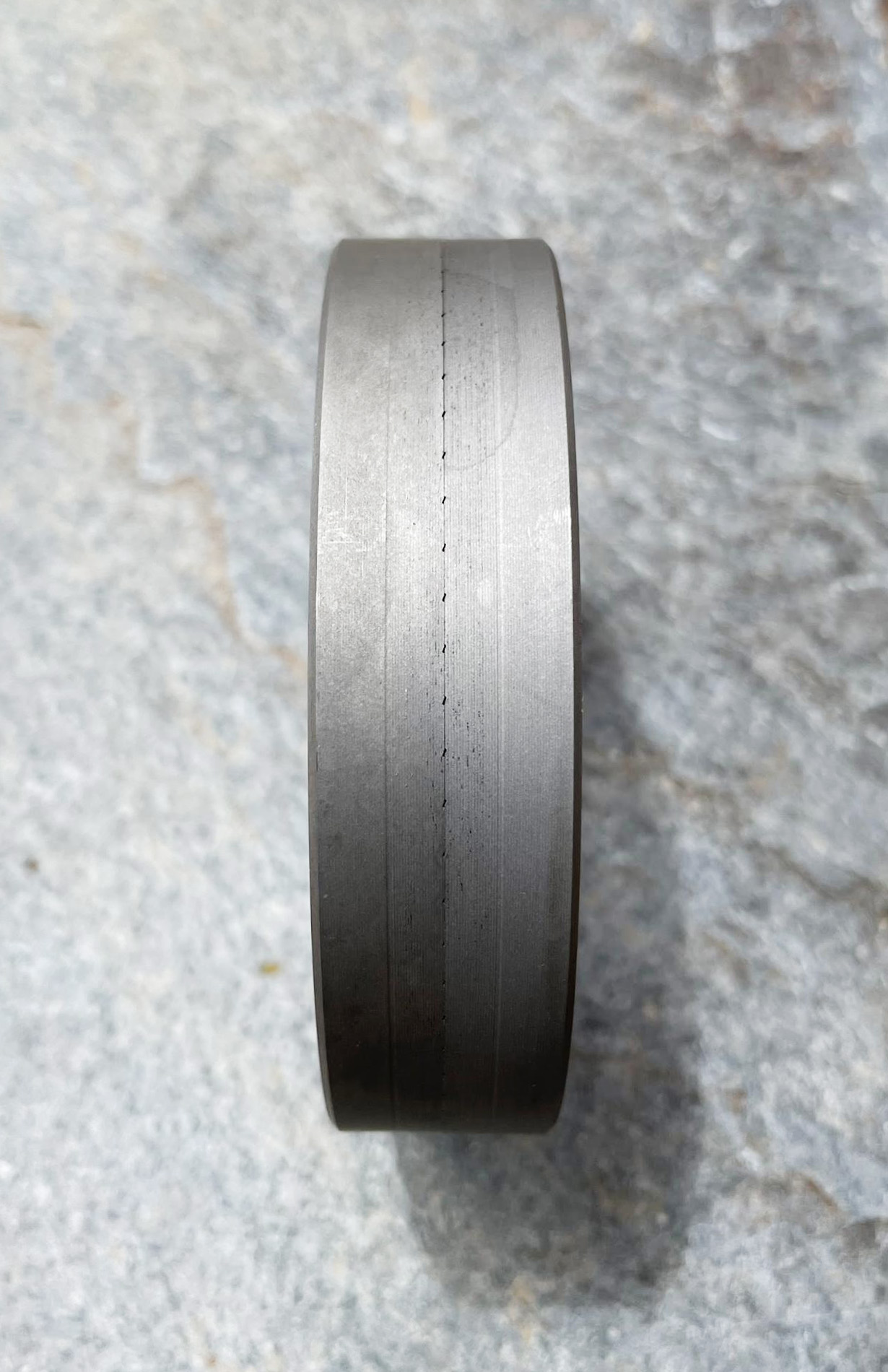
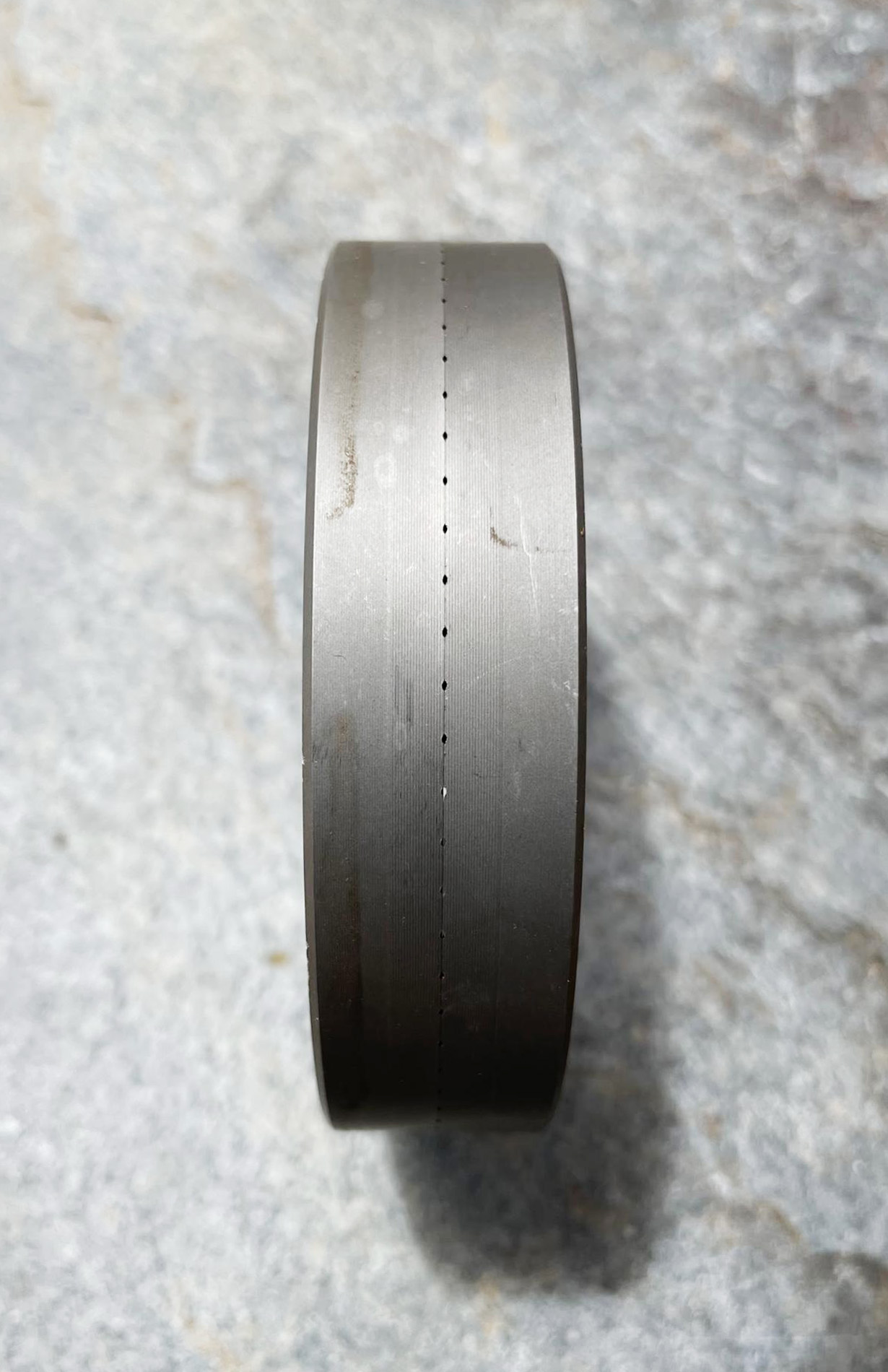
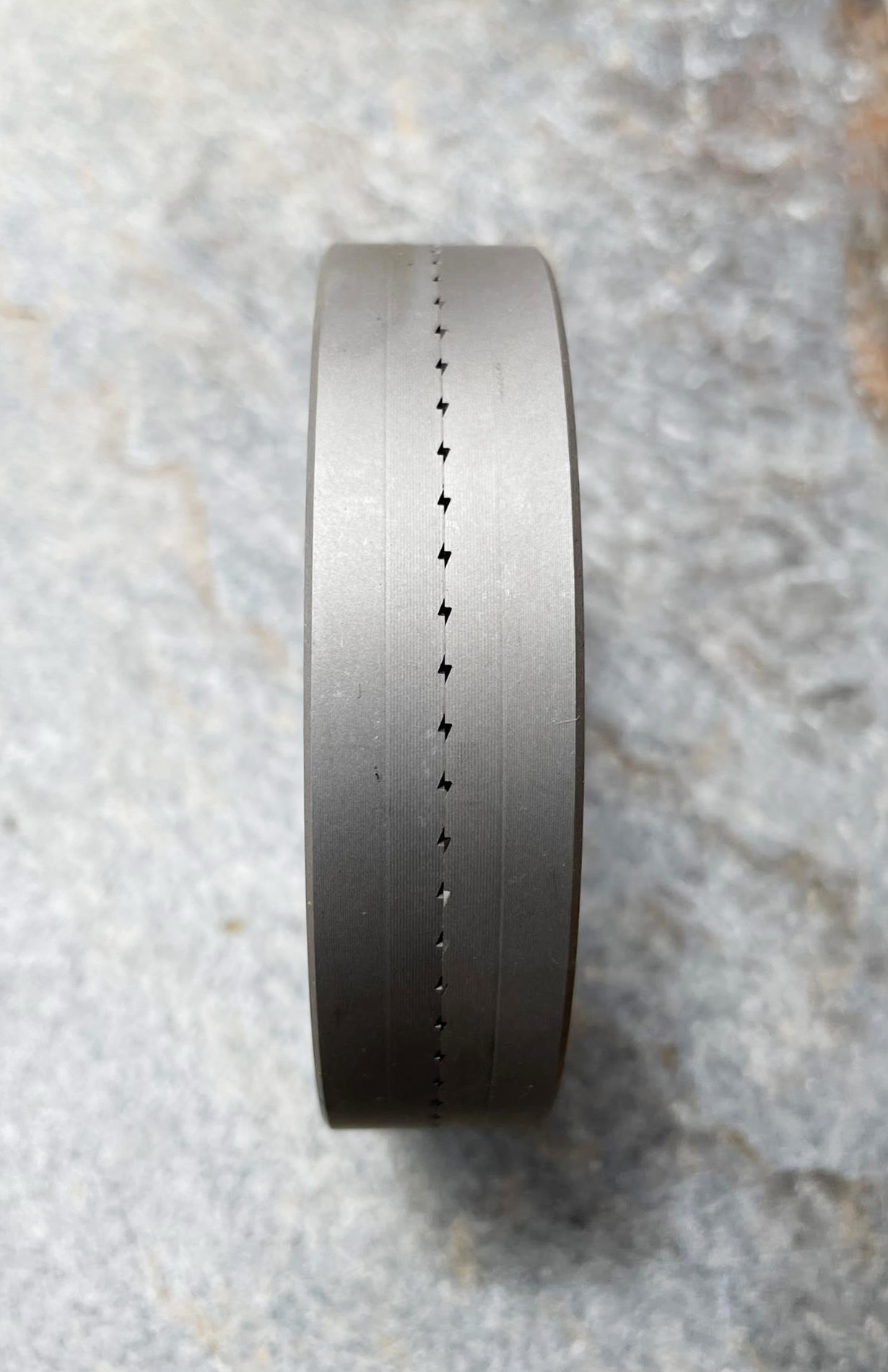

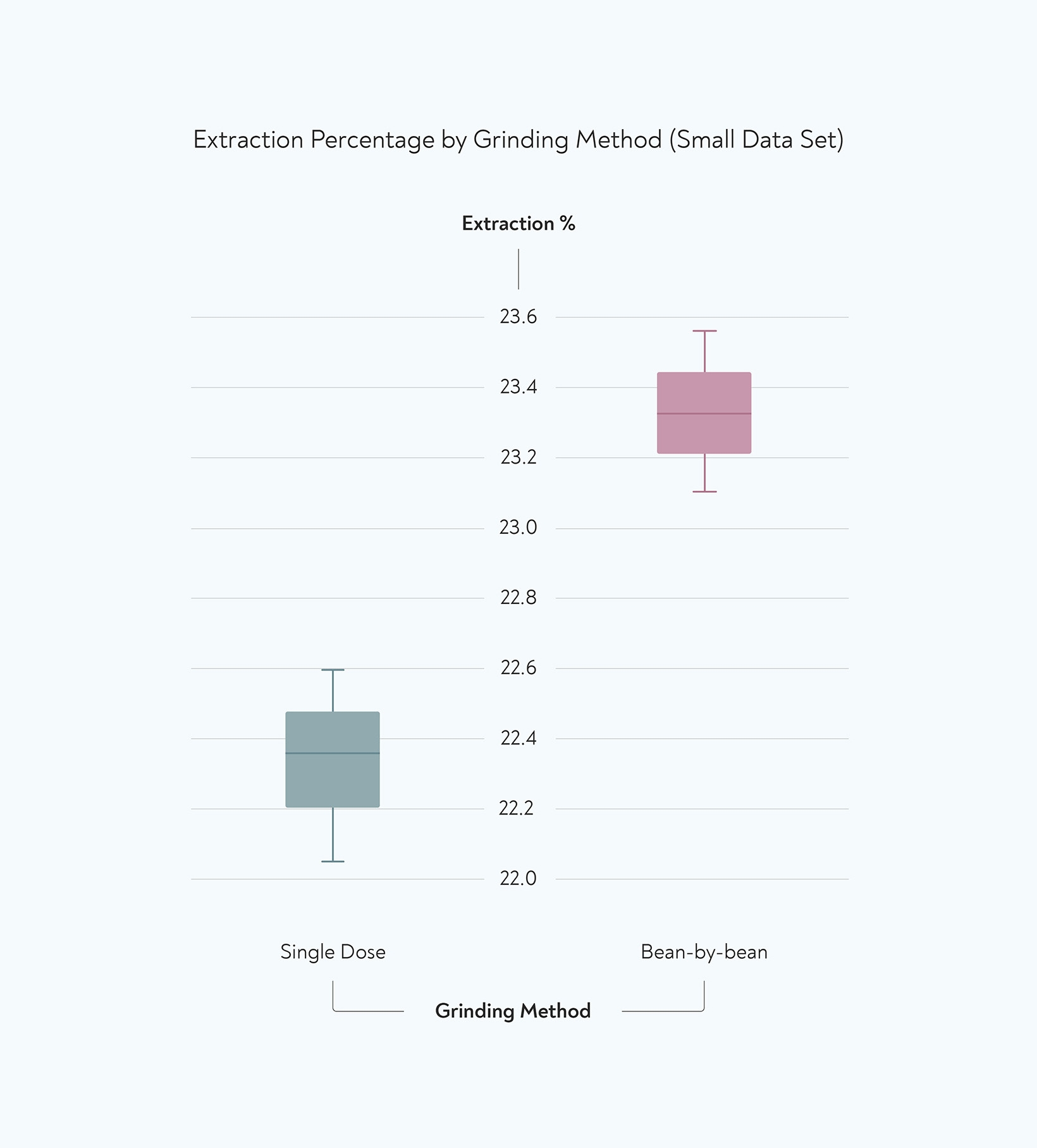
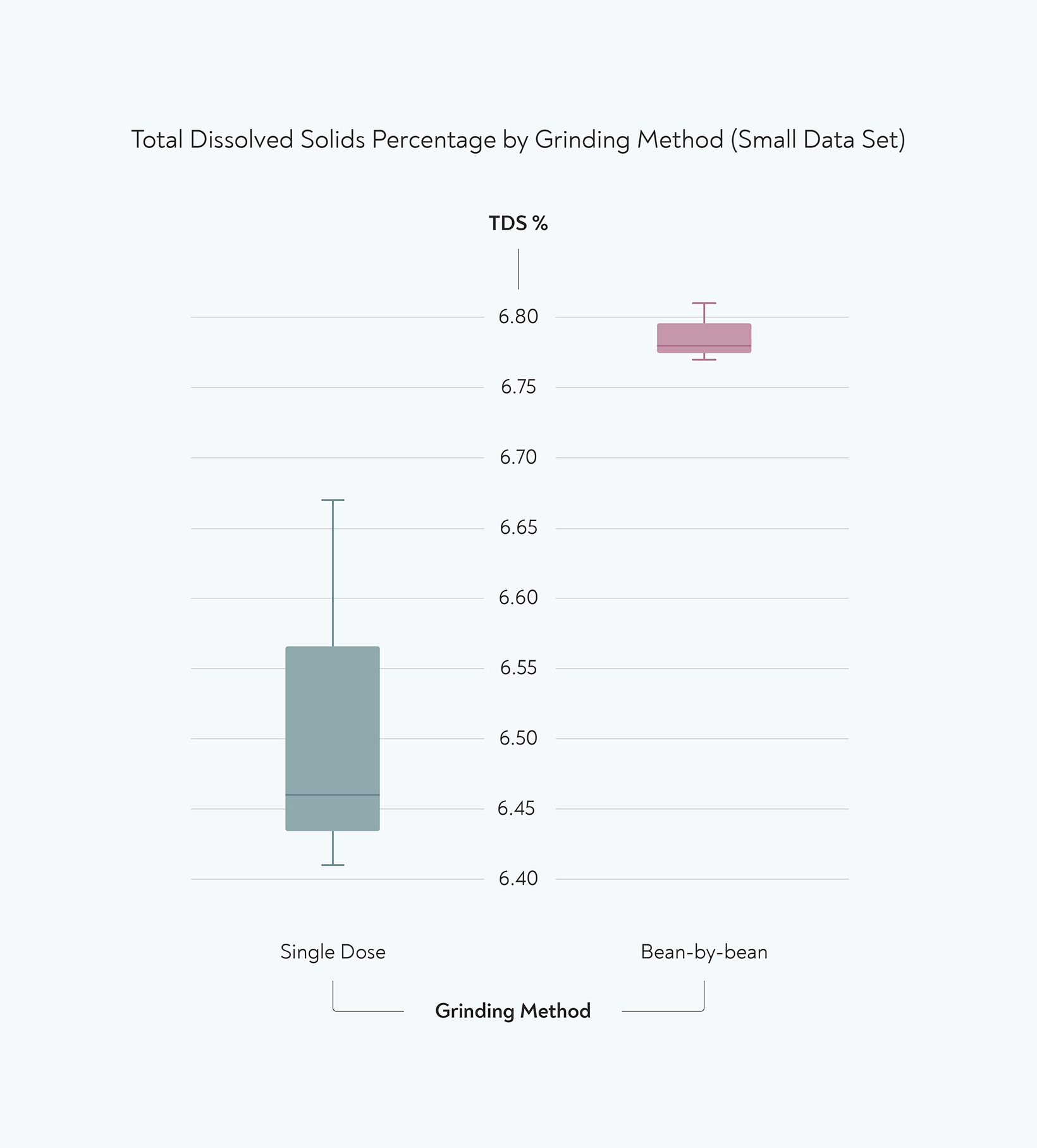
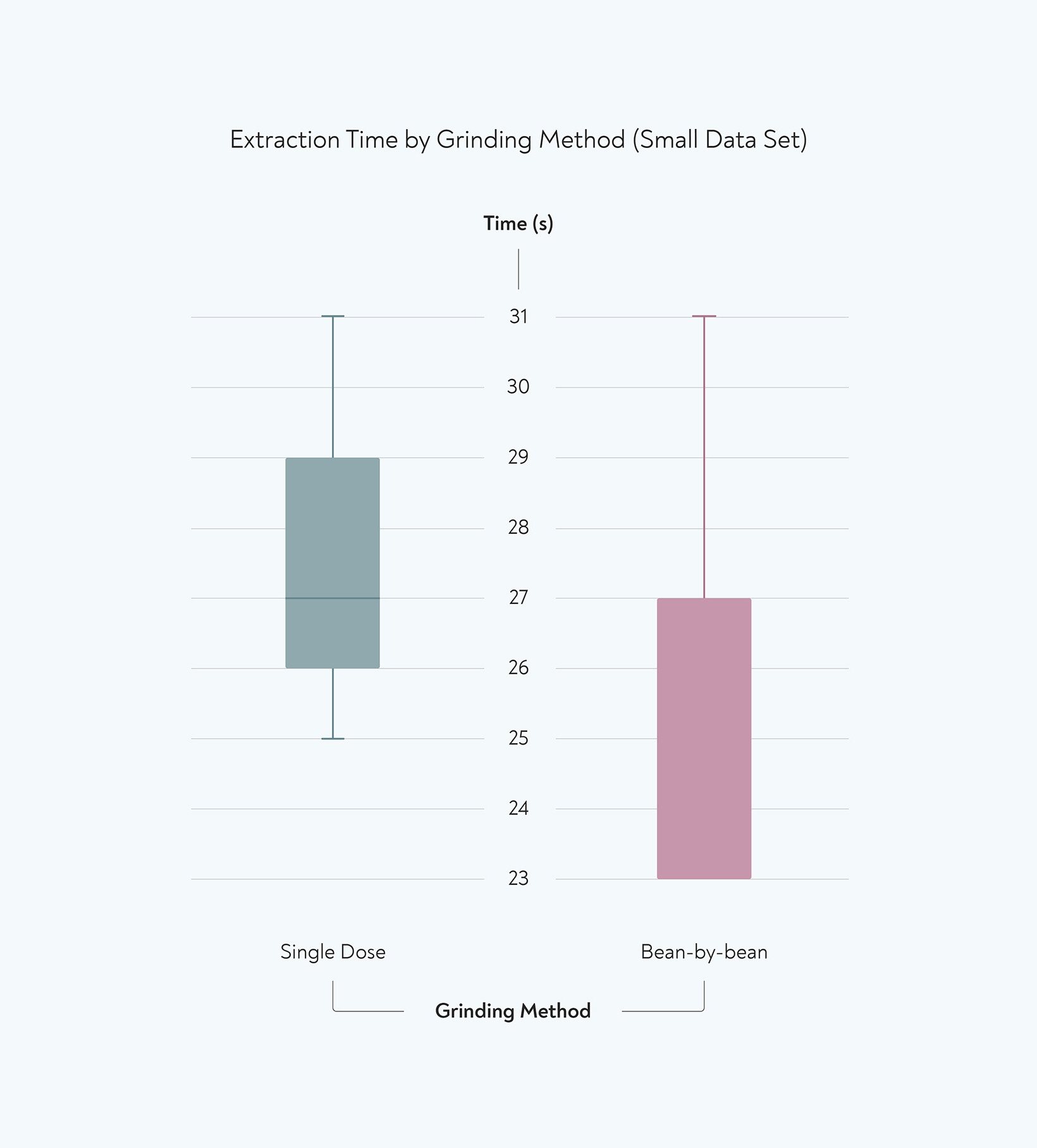



Great article and experiment guys. I have been experimenting quite a bit (with hand grinders though). One issue that I have still not figured out should we dial as fine for a regular shot (25-30 sec) or leave it for a more turbo shot at 20sec. (for non-high-extraction basket you mentioned in your article.)
Hey Pascal, I’d say you’ll find this article from Prof Jonathan Gagne pretty diverting. He discusses high and low fines burrs, and also compares shots from a top hand grinder, a good prosumer grinder and a top industry grinder with low fines burrs. Also speculates shots go over 30 seconds (not including preinfusion) the the oils in the grinds have a much better chance of making it into the cup. Ultimately, this will depend on your taste preferences, but as a home grinder user, you will certainly find life easier with the Turbo approach because your grinder is unlikely to produce a lot of fines compared to electric grinders with high RPM. https://www.baristahustle.com/research-papers/a-comparison-between-standard-and-low-fines-espresso-shots/
Thanks for sharing!
Great post, though it’s difficult to see at this point how is that we are going to achieve real world results with BbB grinding. After all, it is still an experimental procedure. Fascinating read, nonetheless.
A griding course, covering from grinder history, burrs, all the variables, procedures like this, etc. might be one of the most interesting courses that would be made available. We are always emphasizing the importance of quality grinding as a crucial variable in coffe brewing. I’d love to see one of these in the future.
Thanks for the suggestion Federico. We’ve put that on the to-do list for sure. I’m not so sure that a there isn’t a simple hack for building a slow feed grinder auger. Pencil augers for example are pretty common in the grain world. Just need to build a miniature one.